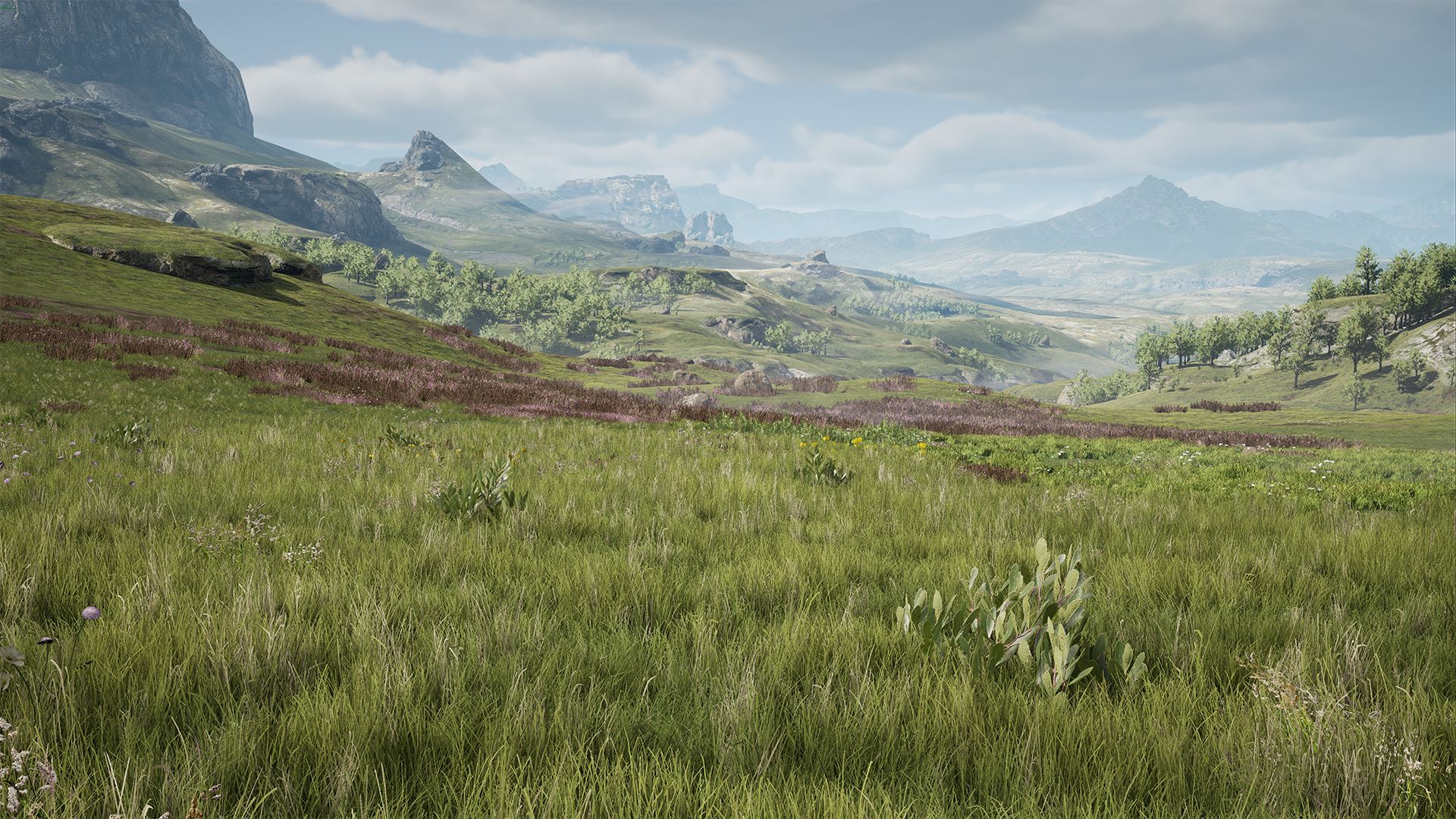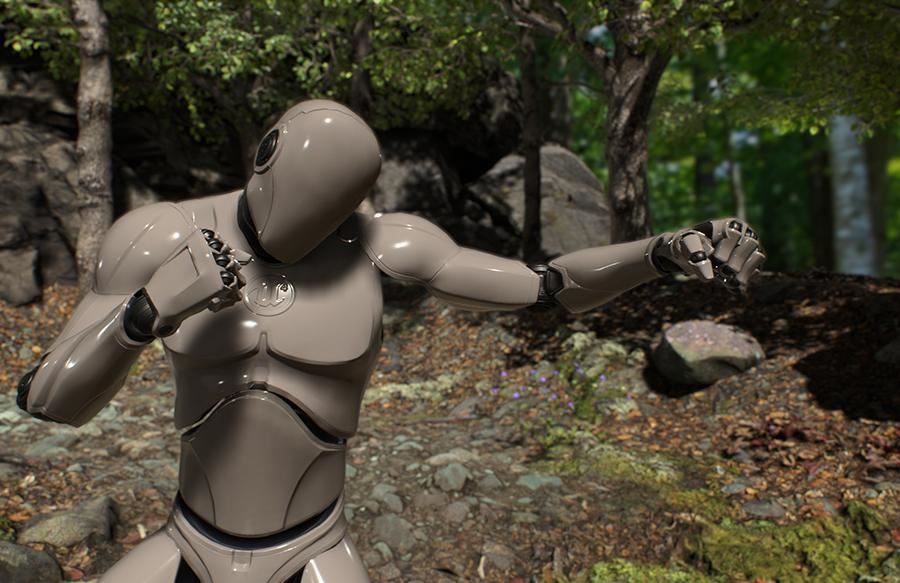Unreal Engine 4.8 Released With Updated VR Support And Much More
The latest version of Unreal Engine is out, and it contains many new features. Epic games claimed this is the largest update to date, with 189 community-submitted changes and even more upgrades from Epic. The release notes are 88 pages long and can be found here in case you'd like to read them.
The most notable change is support for VR SDKs from all the major vendors. Epic has integrated support for Valves SteamVR SDK as well as full support for the HTC Vive hardware, including motion control and key binding for the controllers.
Sony's Morpheus VR dev kits are now supported in both 60 Hz and 120 Hz variants. Unreal Engine 4.8 supports 120 Hz rendering using temporal projection, and it improves 3D audio playback. Unreal Engine previously supported Oculus Rift and Gear VR SDK, but UE4.8 now works with Rift SDK 0.6 and Gear VR SDK 0.5.
Some of the key features that Epic added or improved upon in Unreal Engine 4.8 include a new grass rendering system used for large scale landscapes. Using an instanced approach, the new system renders only the areas that are in range, dropping and adding procedurally and generating instances dynamically as needed.
The hierarchical level-of-detail system is another feature new to UE 4.8. Said to reduce draw calls in large open worlds, this system will automatically create merge materials of objects in the distance to reduce polygon counts.
Epic also released an experimental preview of the system used in the GDC 2015 Kite demo to produce procedural foliage. The company claimed the tool simplifies the creation of regions of foliage. It has the ability to simulate multiple types of plant life simultaneously.
A new depth-of-field algorithm has been implemented called Circle DOF that is supposed to create nice transitions from in and out of focus, and it's controlled by physical camera parameters such as f-stop, focal length and focal distance. It also simulates light scattering through the atmosphere with distance-based blur.
Get Tom's Hardware's best news and in-depth reviews, straight to your inbox.
Water and window reflections now have the ability to dynamically reflect other objects in the scene. Screen space reflections will work on translucent materials when enabled.
Epic added a new high-resolution example character that is now the default option. A lower-resolution version is available for free through the marketplace that is suitable for mobile devices.
In addition to all these tools that will help animators create new cinematic projects, Epic is releasing a downloadable version of "A Boy and His Kite," shown at GDC 2015, along with the full executable to create the project. Epic has said that this will be free to use for any commercial or noncommercial purposes with no strings attached. The project will be available in the "Learn" tab inside the Unreal Engine launcher.
Epic is hosting a two-part live stream event that includes artists, animators and programmers who worked on "A Boy and His Kite" and will be sharing tips and secrets about the new release. This first part has already aired on twitch. The second part will air Friday, June 11 at 1:45pm EDT.
Follow us @tomshardware, on Facebook and on Google+.
Kevin Carbotte is a contributing writer for Tom's Hardware who primarily covers VR and AR hardware. He has been writing for us for more than four years.
-
Nuckles_56 Damn those screenshots are nice, I wonder what hardware they were using to take them?Reply -
beetlejuicegr you should head to epicgames.com and get their launcher and UT4 free alpha and see for your selfReply -
jezzjc I played unreal tournament 4 alpha on my 4.5 years old gpu (amd 6970) on 1080p, not only it looks awesome but the framerates are smooth as hell. Epic has done a wonderful job with unreal engine.Reply



